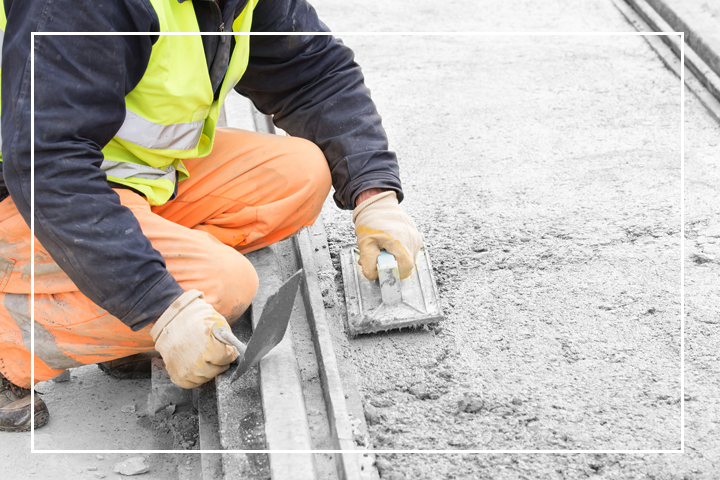22 August 2014

Cement Tips
Get Great Results when Using Cement
Plastering a wall, whether old or new, is not as difficult as it may seem. With practice, you will achieve good results. Following are a few hints and tips.
Equipment:
When purchasing the plaster mix at your local Mica store, make sure that you get advice on the correct water-to-mix ratio. Plaster mixes pretty much in the same way as concrete does so make up your plaster mix until it has the consistency of a very thick paste; you may need to experiment a little before you get the consistency that you want. Bear in mind that depending on the thickness of the final layer, you may need to apply more than one layer. You will need: a flat masonry trowel; a plastering hawk (a flat tray for holding the plaster) and a notched trowel if you are going to apply more than one layer. If the area to be plastered is large, also have a length of straight wood available about a metre long.
Method:
- Make your mix into a workable consistency.
- Load some plaster onto the hawk and use the steel masonry trowel to apply the basecoat.
- Work it on in broad arches to evenly distribute the plaster over the surface. You do not need to push the plaster onto the wall; simply sweep it on using gentle pressure to work from one corner outward, covering the entire wall. Apply the first coat with sufficient material and pressure to form a good bond to the base and then double-back to level the thickness. Leave the first coat rough to receive the finish coat. If it is not rough, then use the notched trowel to roughen the surface; the surface needs to be rough so that the next layer has something to ‘key’ onto.
- To ensure that the surface is flat, use the length of wood to screed the surface: pull it down the wall in a zigzag fashion so that high areas are removed and low ones revealed. Fill and re-screed as necessary.
- Use a smaller plastic or wood float for the final layer, which should be mixed with additional water to provide a thinner mix and a finer topcoat.
A Tip or Two on Mixing Plaster, or Indeed, Cement
- Working according to the instructions on the bag, make a pile of the sand required for your mix, make a crater in the middle and then pour half the amount of cement into the crater. Now, start mixing – don’t add water yet. Once the cement is mixed in, add the other half and repeat. Keep mixing with the spade until the mix is a uniform colour.
- Make another crater, add a little water and start mixing again. Add the water little bit by little bit until you reach a stage where the mix can be ‘cut’ with the spade: it will retain its shape when you cut the blade through it.
Shopping List
- Plaster mix
- Plastering Hawk
- Flat masonry trowel
- Notched trowel
- Plastering hawk (flat hand held pan)
- Length of straight wood (1 metre)
- Plastic or wood float